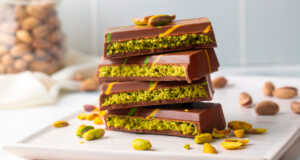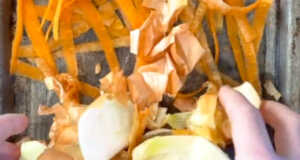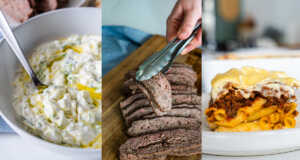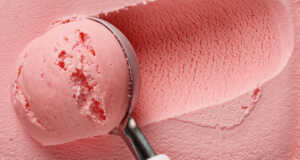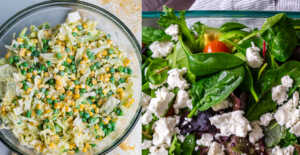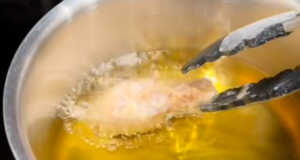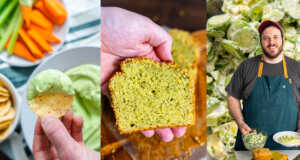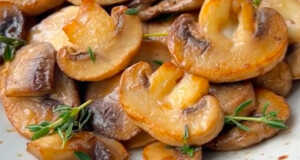By now you’ve probably heard about the Whole30. And with the new decade about to start, some of you might even be considering taking on the challenge as a way of shedding some of those Christmas pounds. For those who’ve heard of it, but might not know exactly what you can and can’t nosh on for the next 30 days, we’re here to give you an insight into what is approved and what is not.
WHAT’S APPROVED
While this diet is pretty restrictive, there is some good news. Basically everything that is good and nutritious is allowed as the goal of Whole30 is to eat real food over processed food.
1. VEGETABLES AND FRUITS
You pretty much have a license to eat anything that is leafy and green. The diet promotes filling yourself with lots of vegetables and some fruit. And yes, potatoes – even the white ones – count as vegetables.
2. PROTEIN
The key here is to fill yourself with moderate amounts of lean meat – preferably organic, free-range, and grass-fed. Wild-caught seafood as well as organic eggs are also encouraged. If you set on eating sausage or bacon, be careful as these can be full of added sugar.
3. FATS
There is no need to be scared, as we’re talking about good fats such as olive oil, coconut oil, and avocado. You can also enjoy animal fats and nuts – except peanuts, but more on that later.
4. CAFFEINE
Can I get a hallelujah? This is the best news ever since coffee and tea are still in the game.
WHAT’S NOT APPROVED
Ok, this list will be a little tough, not going to lie.
1. DAIRY
If you love milk in your coffee, butter on your toast, cheese on everything, and other wonderful dairy products such as cream, yogurt, kefir, and ice cream, you will be sad to know you can’t eat these products on Whole30. Not even a small sampling. Sorry.
2. GRAINS
Anything with gluten is off-limits, as well as rice, oats, corn and pseudo-grains like quinoa or buckwheat. Absolutely none for 30 days.
3. LEGUMES
You can’t eat any beans during the Whole30 diet, and this includes soy, as well as soy products such as soy sauce, soy milk, and tofu. Other legumes that are blacklisted are chickpeas and lentils and peanuts, as well as peanut butter. Yes, they’re all legumes. Knowledge is power.
4. SUGAR
Real or artificial, sugar is off-limits for 30 days. So even sweetners such as honey, and maple syrup are a no-no. And dessert that is made with compliant ingrediants is not allowed as the whole point of Whole30 is to get back to eating whole.
5. ALCOHOL
NOPE.
WHAT’S MAYBE OK, SOMETIMES
While most food items are pretty black and white and can neatly be put into the good and bad categories, there are still some foods that can cause a bit of confusion with Whole30 depending on how much of a stickler you are.
1. VINEGAR
Most forms of vinegar are ok with Whole30, such as red wine, balsamic, cider and rice. The only vinegar that isn’t ok is malt because it usually has gluten in it.
2. GHEE
For sticklers, the no-dairy rule applies to ghee or clarified butter, even if some of the milk proteins have been removed. However, for others who follow Whole30, they see ghee as an acceptable fat for that specific reason.
3. PEAS AND PODS
There are some legumes that fall into a grey area such as green beans, sugar snap peas, and snow peas, since they’re more like a green veggie than a legume. Some say yes, some say no, guess it’s really up to you and how you feel.
4. SALT
Were you aware that iodized salt actually contains sugar? Apparently, it’s a necessary part of the chemical composition. That is why iodized salt is the exception to the no-sugar rule. But let me remind you, there is also sea salt…
So there you have it: your list of approved and not-approved foods. Good luck with the Whole30. And when it gets hard just remember, it’s only 30 days. You can do it!

